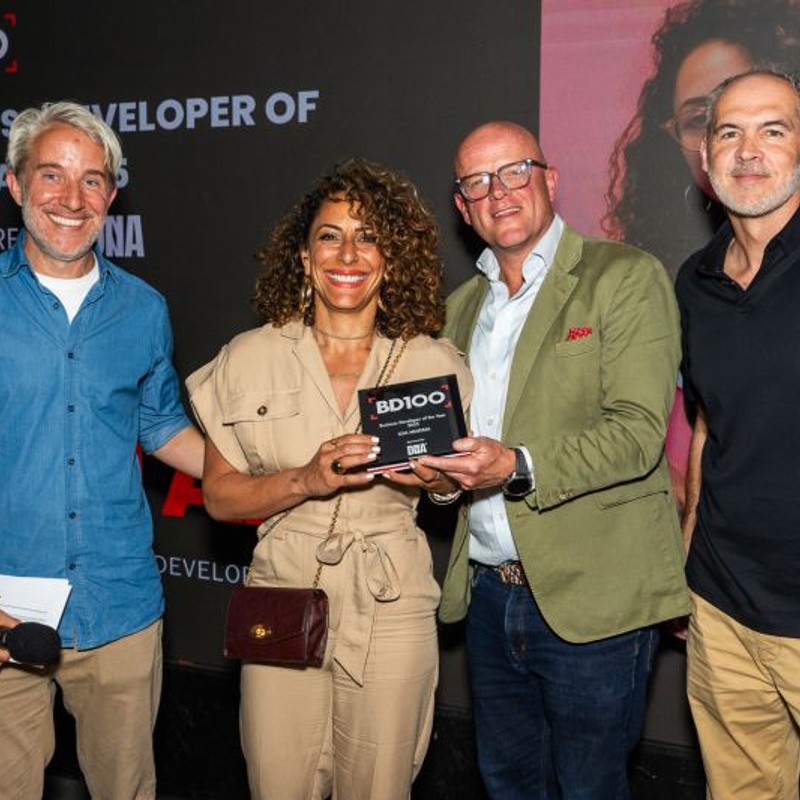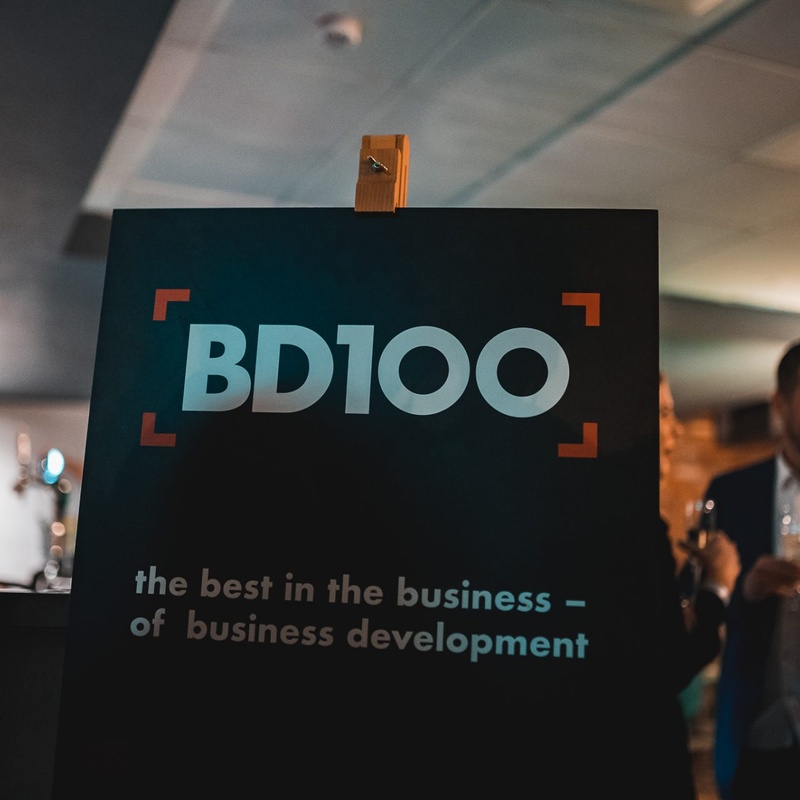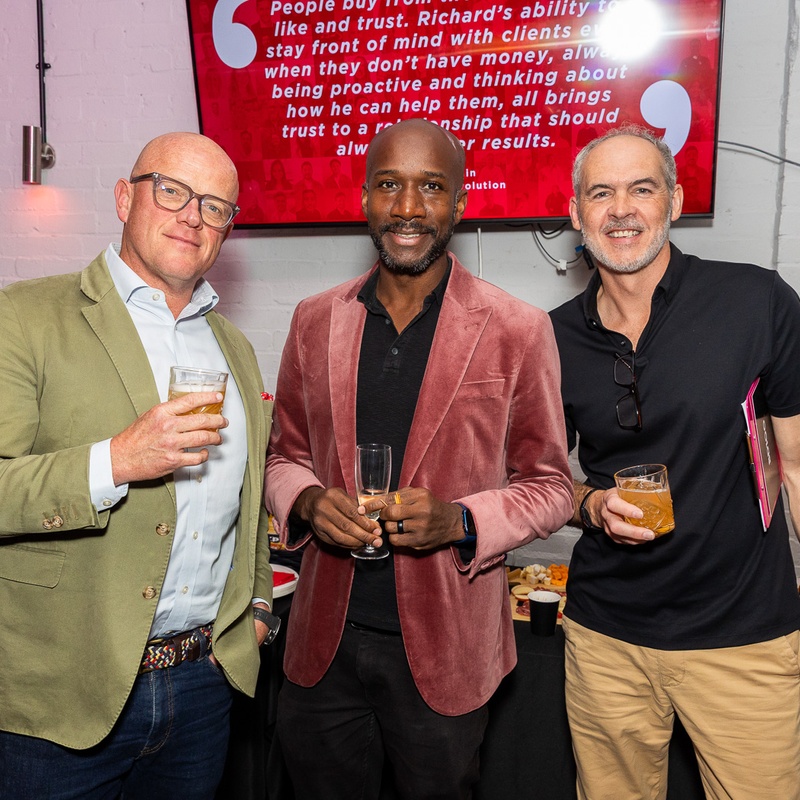You Can’t Coach Chemistry. Why Cultural Fit Still Matters in 2026

I’ve worked in creative agencies and nearly 20 years after starting DNA, it’s as true today as it was when I started my career - you can’t coach chemistry. You can upskill someone. You can train them on new systems, new sectors, even whole disciplines. But that unspoken understanding when someone just fits with a team still makes all the difference.
And in 2026, that difference is going to matter even more.
We’re hiring into hybrid environments. We’re building teams across time zones. We’re trying to create flow and team bonding across Slack threads and shared docs. And what keeps it all together? It’s not tech. It’s people. The cultural glue.
I’ve lost count of the number of placements over the years that didn’t look perfect on paper, but went on to absolutely fly because they just got it. They understood the rhythm of the agency. They asked the right questions. They knew when to push and when to listen. The sort of people who, after week one, feel like they’ve been part of the team for years.
Just recently, we placed someone into a mid-sized creative agency with a brilliant client roster and a very collaborative vibe. The candidate didn’t tick every box on the spec. But I knew, instinctively, they’d thrive in the pace and playfulness of the culture. Within three months they were leading two of the agency’s biggest accounts. Fast forward to now, and they’ve helped win a global pitch. That’s not something you can read from a CV.
So what does cultural fit look like in practice? They:
- Understand the tempo of the team and when to be quick or when to go deep
- Read the room as well as the brief
- Bring energy without ego and knows how to leave space for others
- Have immediate rapport, I love it when people tell me that “you’d never guess it was their first week”
Clients come to us because they want high performers. But the ones who really win are the ones who trust our instinct when we talk about fit. We’ve seen the dynamics, the personalities, the teams that click. And when you hire with that in mind, you get better retention and faster ramp-up.
There’s data to back this up too. A recent study by the Harvard Business Review found that nearly 80% of turnover is linked to poor cultural fit, not poor performance.
And in DNA’s own placements, some of the longest-running and most successful candidates are those who weren’t the obvious pick on paper but felt completely right in the room.
The challenge, especially now, is that cultural fit can be hard to define. It’s not about hiring people who all think or look the same. In fact, it’s quite the opposite. It’s about shared values, mutual respect, compatible ways of working. And for candidates, it’s about bringing your full self to the table, not just rehearsing the right answers.
We always tell our candidates and clients to ask:
- Can you imagine this person in the Monday morning stand-up?
- Does the team light up when they’re around?
- Can you feel mutual curiosity and respect in the conversation?
- Would you want to grab a coffee with them and talk about something other than work?
Because that’s where the best work starts.
If you’re hiring this year, of course you want the skills. You want the track record. But don’t forget to ask yourself the question I always come back to after an interview: Can you see this person walking into the studio on a busy Tuesday and just slotting in?
Because that’s the one thing you can’t teach and the one thing that might make all the difference.
SHARE







